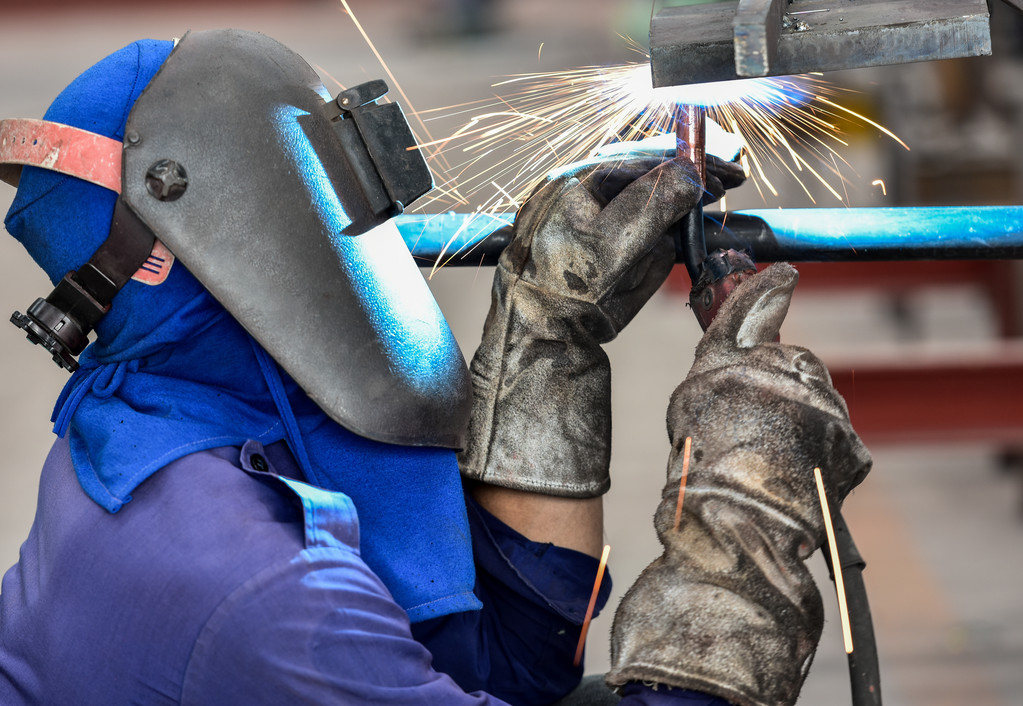What is DC positive connection & DC reverse connection?
 Sep 23, 2022|
Sep 23, 2022| View:231
View:2311. DC positive connection (that is, positive connection):
The positive connection method refers to a connection method used to measure the dielectric loss factor in the Xilin bridge circuit test. The value of the dielectric loss factor measured by the forward connection method is small, and the value of the dielectric loss factor measured by the reverse connection method is too large. Compared with the reverse connection method, the positive connection method can effectively reduce the influence of the surface resistance of the anti-corona layer on the test value of the dielectric loss factor.
2. DC reverse connection (ie reverse connection method):
Refers to a circuit connection method during welding. In argon tungsten arc welding, the DC reverse connection has the effect of removing the oxide film, which is called the phenomenon of "cathode breakage" or "cathode atomization".
The effect of removing the oxide film also exists in the reverse polarity half-wave of AC welding, which is an important factor for the successful welding of aluminum, magnesium and their alloys.
3. During welding, it is necessary to select DC positive connection or DC reverse connection according to the needs of welding materials.
Practice has proved that when the DC is reversed, the oxide film on the surface of the workpiece can be removed under the action of the arc to obtain a bright, beautiful and well-formed weld. If the wire rod can be separated from the ground, the field test should use the positive connection method as much as possible.

The principle of DC reverse connection:
When the DC is reversed, the oxide film on the surface of the workpiece can be removed under the action of the arc to obtain a bright, beautiful and well-formed weld.
This is because the metal oxide has a small work function and is easy to emit electrons, so cathode spots are easily formed on the oxide film and arcs are generated. The cathode spots have the property of automatically finding metal oxides.
The energy density of the cathode spot is very high, and it is hit by positive ions with a large mass, which breaks the oxide film.
However, the thermal effect of DC reverse connection is unfavorable for welding, because the anode heats more than the cathode in TIG welding. When the polarity is reversed, electrons bombard the tungsten electrode, releasing a lot of heat, which is easy to overheat and melt the tungsten electrode. At this time, if a welding current of 125A is to be passed, in order not to melt the tungsten electrode, a tungsten rod with a diameter of about 6mm is required.
At the same time, because the energy released on the weldment is not much, the weld penetration is shallow and wide, the productivity is low, and only about 3mm thick aluminum plate can be welded. Therefore, DC reverse welding is rarely used in tungsten arc welding except for welding aluminum and magnesium sheets.






